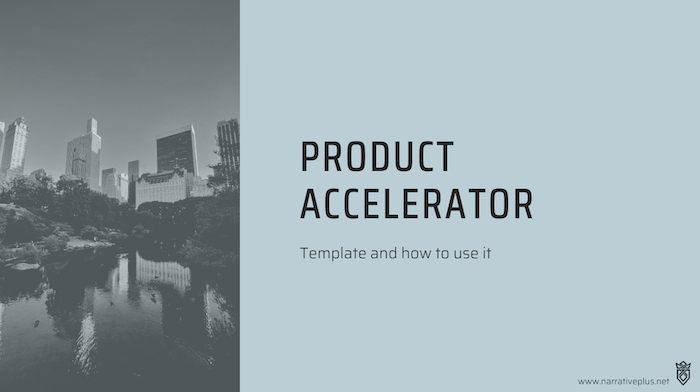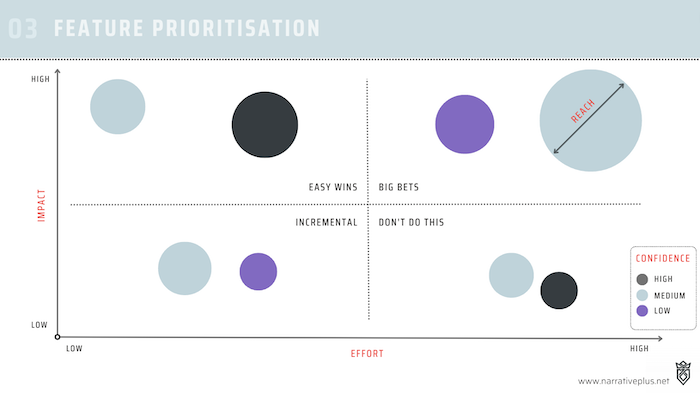Product Accelerator
Product Accelerator
Summary
The Product Accelerator is a framework designed to help you achieve sustainable growth and customer retention. Our framework comprises three critical parts - Objectives and Goals, Business Design, and Feature Prioritisation - to align your strategy with your company objectives, design your user behaviour cycle, and prioritise your product features. With this framework, you can streamline your product development process, maximise your resources, and focus on what matters most - building a product that delights your customers and drives business success.
Desired outcomes
By implementing this framework, you can create a product roadmap that aligns with your company's objectives, is optimised for growth and retention, and ultimately drives business success.
- Clarity of objectives and goals: The first section of the framework helps you define and communicate your company's objectives and goals, allowing you to focus your efforts on the most critical areas for growth.
- Improved user engagement and retention: The Business Design section of the framework helps you understand your users' behavior, design a user cycle that enhances engagement, and ultimately improves retention.
- Efficient resource allocation: The Feature Prioritisation section of the framework allows you to prioritise features based on their importance, impact, and effort required, ensuring that your resources are efficiently allocated.
- Data-driven decision making: Make informed decisions about your product roadmap, ensuring that your strategy is aligned with your company's objectives, and the product is accommodating sustainable growth and user retention.
Resources
How to use Product Accelerator Framework?
Specify objectives and goals
Pick objectives that will drive product direction
Define specific, actionable objectives that will help you design your product and user behavior around those objectives. By doing so, you are applying a strategy that relies on product usage as the primary driver of customer acquisition, retention, and expansion. At this stage, it's important to focus on acquiring users, developing your growth engine, and gathering early user feedback to make improvements. By setting your sights on achievable goals and target KPIs, such as Customer Acquisition Cost, Customer Lifetime Value, Monthly Recurring Revenue, and Net Promoter Score, you'll be well on your way to building a successful product.
Design user behaviour around your objectives
Interaction design
After defining your business objectives, the next step is to design user behavior that will lead to the attainment of those goals. This involves setting clear goals for users and creating governance modules that will guide and motivate them toward taking specific actions that align with your objectives. By doing so, you can create a more engaging and rewarding user experience that drives the growth of your product in a sustainable, organic manner.
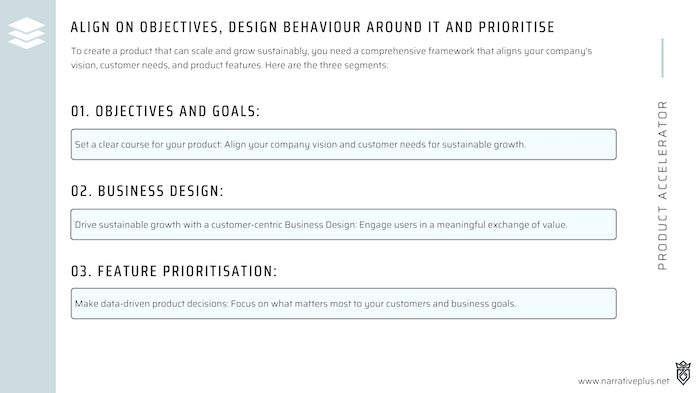
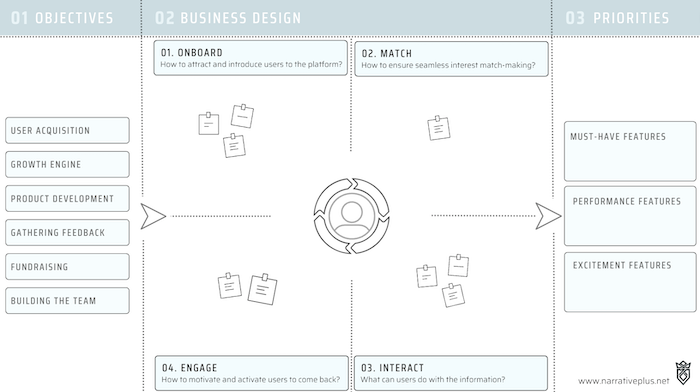
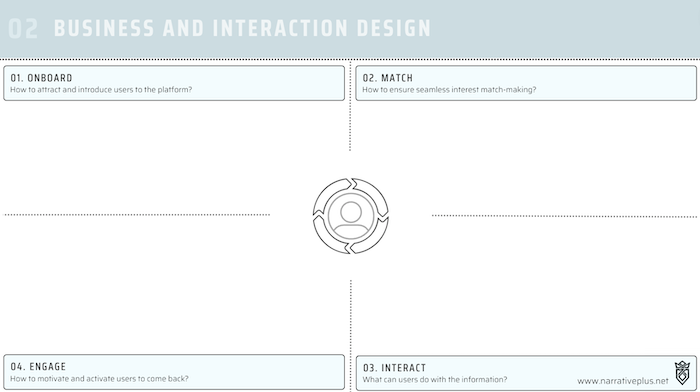
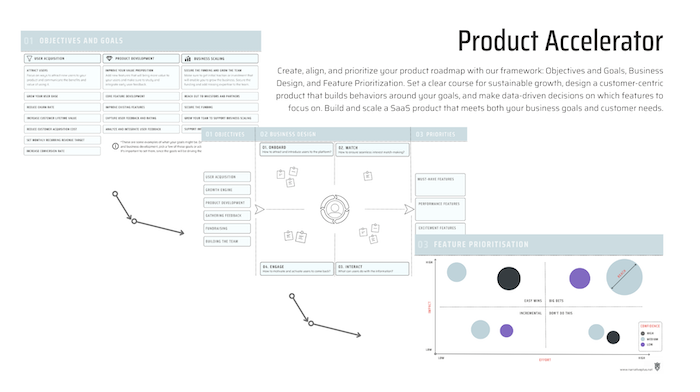
Pick the winning features
Prioritize features that resonate the most with your objectives
Once you piled up a lot of features and ideas, it's time to prioritize and focus. You can use the combination of The Kano model and the RICE model.
- The Kano model is used to categorize features into three groups: "must-haves", "performance features", and "delighters". The model helps identify which features are most critical to the success of the product and can guide the prioritization process.
- The RICE model, on the other hand, is a framework for scoring and prioritizing projects based on their potential impact, the effort required to complete them, and the resources available. RICE stands for Reach, Impact, Confidence, and Effort, and these four factors are assigned scores that are then multiplied together to create a score for each project.
Who is making this?
Target Audience
Executives
Investors
Marketers
Development team
Outcomes
Clarity of objectives
Improved user engagement
Efficient resource allocation
Data-driven decision making
Increased customer satisfaction
Product Accelerator Framework
Formats:
3
Pages:
23
Description :
Create, align, and prioritize your product roadmap with our framework: Objectives and Goals, Business Design, and Feature Prioritization. Set a clear course for sustainable growth, design a customer-centric product that builds behaviors around your goals, and make data-driven decisions on which features to focus on. Build and scale a SaaS product that meets both your business goals and customer needs.
Available formats :
- PDF document
- PNG export
- Canva template
